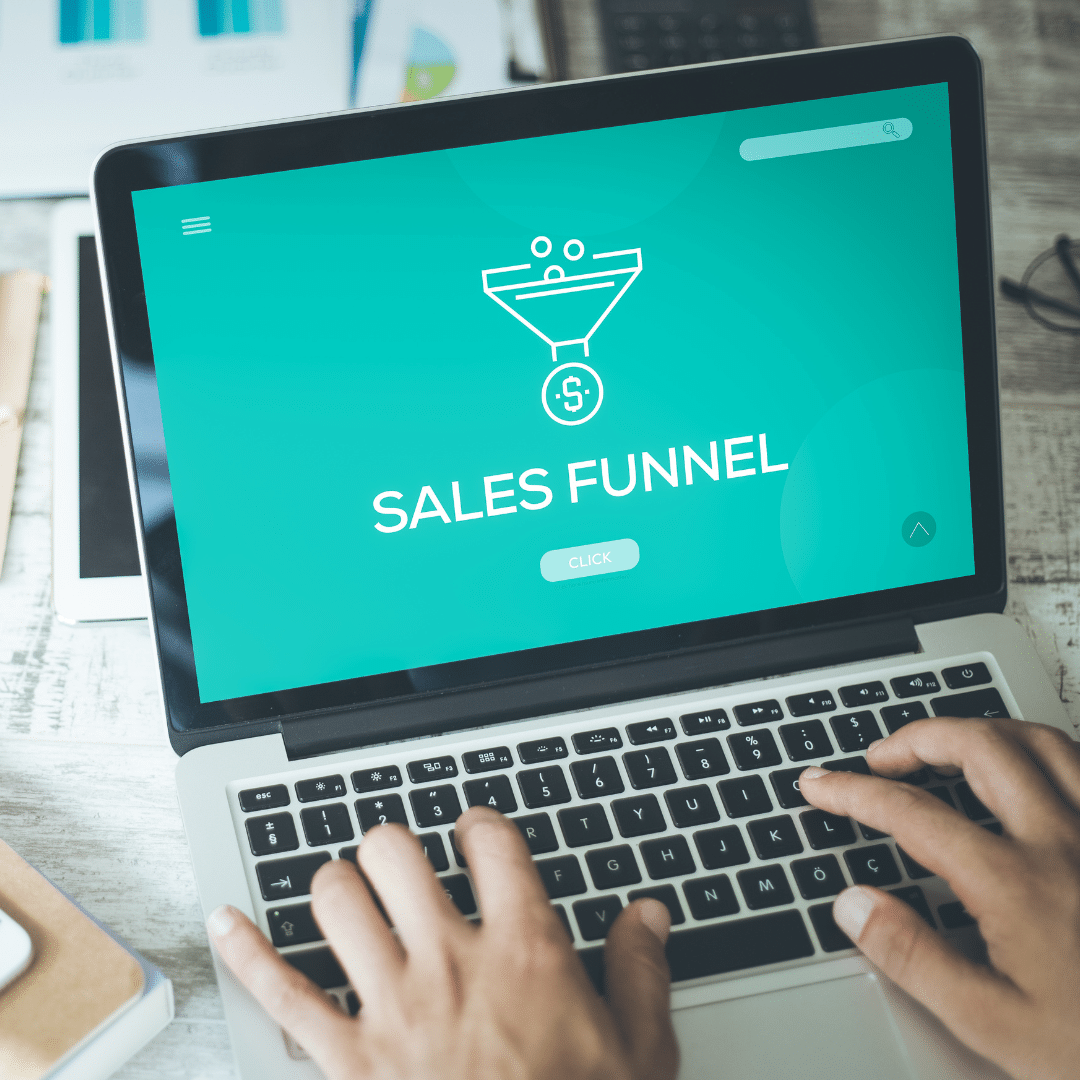Online shopping makes our life easier and has grown tremendously during the past decade. From shoes to cars, travel experiences or even houses – e-commerce is part of nearly every step in the sales process. While the main focus in the past was providing a good user experience for end consumers purchasing a product or service, e-commerce platforms have rapidly extended to include B2B sales. Enhancing the customer experience and providing an omni-channel solution is always the main focus, which has now opened new doors for many companies in the B2B sector targeting a wider audience than previously. There are a few distinctive key factors that can shape the growth process for B2B e-commerce providers:
The decision process
B2C products or services are usually of smaller monetary value, for a larger audience and the buying decision is based on personal needs factors.
B2B sales usually require a more thorough explanation and a longer period of time and money is invested in attracting – and keeping – the right customer. Decisions are based on the business needs and often more than one decision maker is involved before the final purchase. The purchase cycle can be quite long and nurturing leads and relationships with clients and prospects can be quite cost and time intensive. Outsourcing providers can offer valuable insights and solutions for many B2B providers to bridge this gap. While this is already more common for enterprise sales, this demand will likely increase for entry level and small to medium sized businesses .
The marketing process
Marketing your product or service to a large group with the most effective process possible, even when marketing several brands under one platform, can be easily accomplished in a B2C environment. B2B sales will usually become more difficult the more brands are included. Wholesale e-commerce platforms can be the exception here, but think about a service provider or a very specific product like large 3D printers for businesses. A different marketing strategy will be necessary to yield similar results. The content strategy that will be implemented will also vary. In a B2B environment, building trust and brand awareness, even without the immediate sale, which is the main focus in a consumer focused environment, is essential. Content in a B2B e-commerce environment is aimed at informing and educating the prospect or client.
The unified experience
Unifying the user experience in e-commerce has become essential to many companies. While there was a pretty clear distinction in the past, separating B2C and B2B marketplaces and e-commerce platforms to target the right audience, many companies are trying to unify the shopping experience. Buyers can now often switch from the B2C to a B2B experience within the same e-commerce platform. Service sales platforms are also rapidly adapting to this trend by offering a seamless switch from the consumer to the business experience. From various coaching services that are adapted for personal as well as professional demands to transportation or hotel services.
The personal touch
Many B2C e-commerce sites have evolved to an AI-powered or AI-supported experience, with customers frequently being re-targeted through various (automated) touch points. B2B e-commerce platforms also implement many automated solutions to target the right audience, but due to the value of the product and depending on the explanation process involved, a personal contact is often still a key indicator and supporting factor for the long term success. Appreciating your customer and deliver this appreciation through personal contacts will drive the ROI in the business centered sales process.
The mutual benefit
Buying a new chair for the living room can be a relatively standardized process with measurements, price, color and comfort as the main interest for the consumer. B2B e-commerce focuses at providing and delivering the mutual benefit for the buyer and the seller. When a company purchases an IT solutions for its new payroll department, decision makers seek the best long term solution, with a service package fitted to their needs in order to deliver a benefit to their employees. B2B providers seek mutual long term relationships that will not only add to their client portfolio, but be a valuable partner in providing feedback, the development of new product and drive innovations.
There are different opinions whether B2B e-commerce platforms should adapt their user experience to B2C environments or vice versa. With automation and data mining continuously providing more details about user behavior in both e-commerce environments, the next months and years will bring new and interesting synergies, allowing for a better purchase experience on both sides.
What are your experiences with the growing shift in e-commerce? We love to hear from your experiences!




